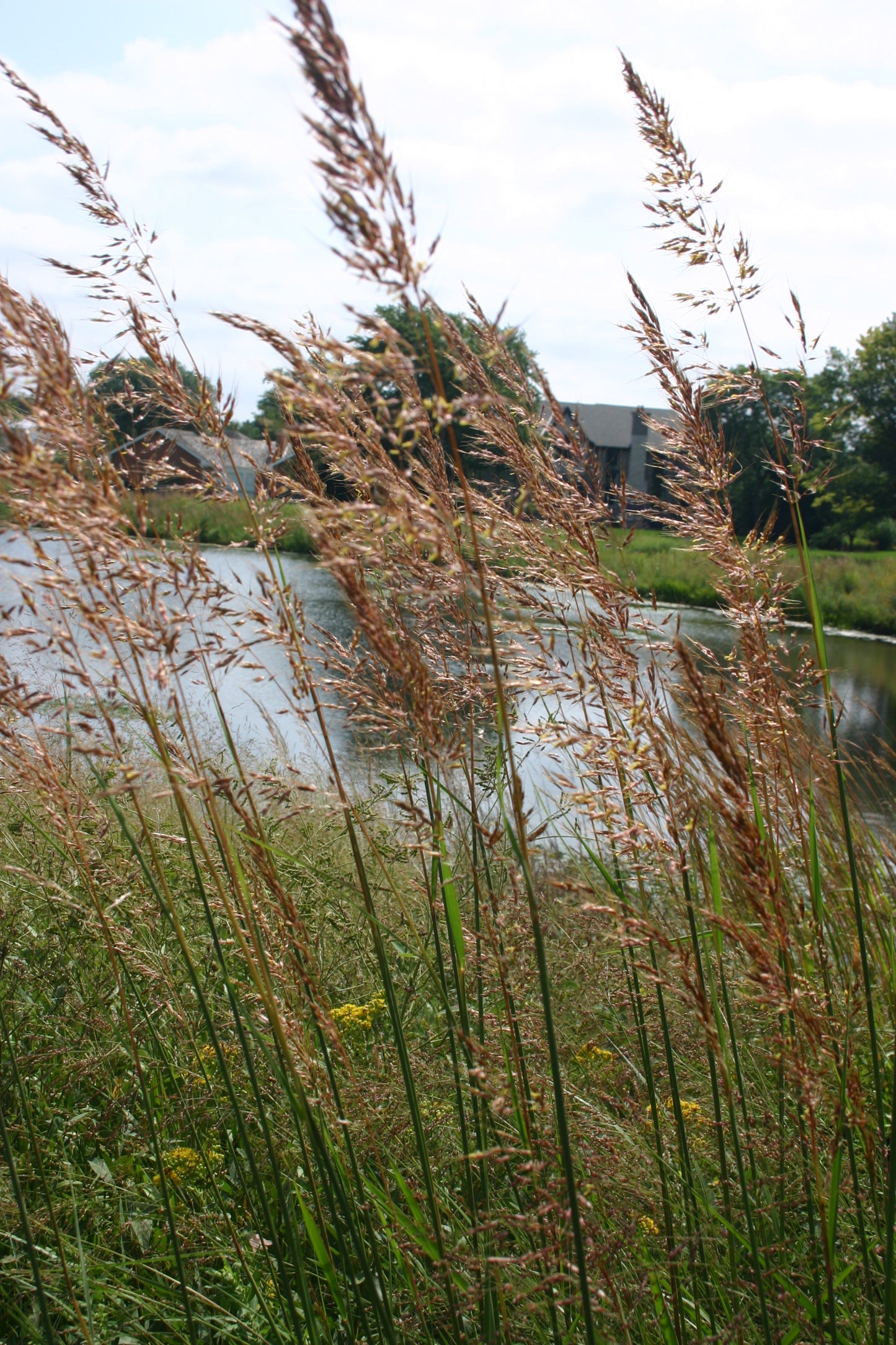stellarnatives
Sorghastrum nutans 'Indian Grass'
Sorghastrum nutans 'Indian Grass'
Couldn't load pickup availability
Sorghastrum nutans, commonly known as Indian Grass, is a native, warm-season, perennial grass species that is commonly found in the prairies, savannas, and open woodlands of North America. It is one of the dominant grass species in the tallgrass prairie and is known for its tall stature, golden-yellow seed heads, and distinctive, blue-green leaves.
Indian Grass can grow up to 6 feet tall, with leaves that are up to 2 feet in length. The leaves are narrow and have a blue-green color, giving the plant a distinctive look in the landscape. In late summer and early fall, the plant produces large, golden-yellow seed heads that rise above the foliage and provide an attractive display. The seed heads are also an important food source for wildlife, including birds and small mammals.
In terms of habitat, Indian Grass is well-adapted to a variety of soil and moisture conditions and can be found in both dry and moist soils. It is also tolerant of drought and can grow in full sun to partial shade. The species is an important component of prairie and savanna ecosystems, providing food and habitat for a variety of species. Indian Grass is also used in landscaping and restoration projects due to its attractive appearance and low maintenance requirements.
Fun Fact: Indian Grass was an important plant for Native American tribes, who used the grass for a variety of purposes, including weaving baskets, thatching roofs, and making bedding. The grass was also used for ceremonial purposes and was valued for its strength and versatility. Today, Indian Grass continues to be an important species in prairie and savanna ecosystems and is valued for its beauty and ecological significance.
Materials
Materials
Shipping & Returns
Shipping & Returns
Dimensions
Dimensions
Care Instructions
Care Instructions


